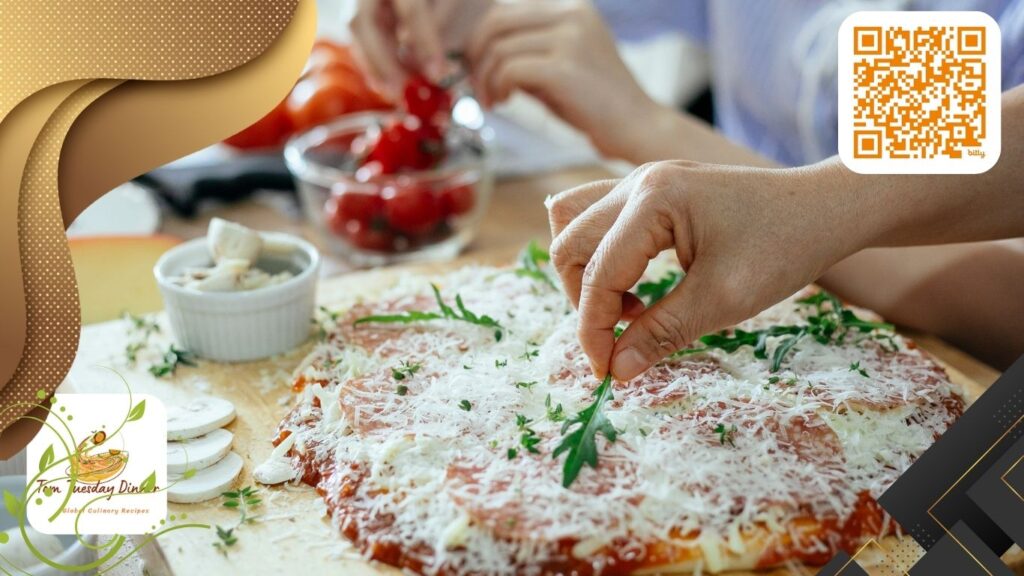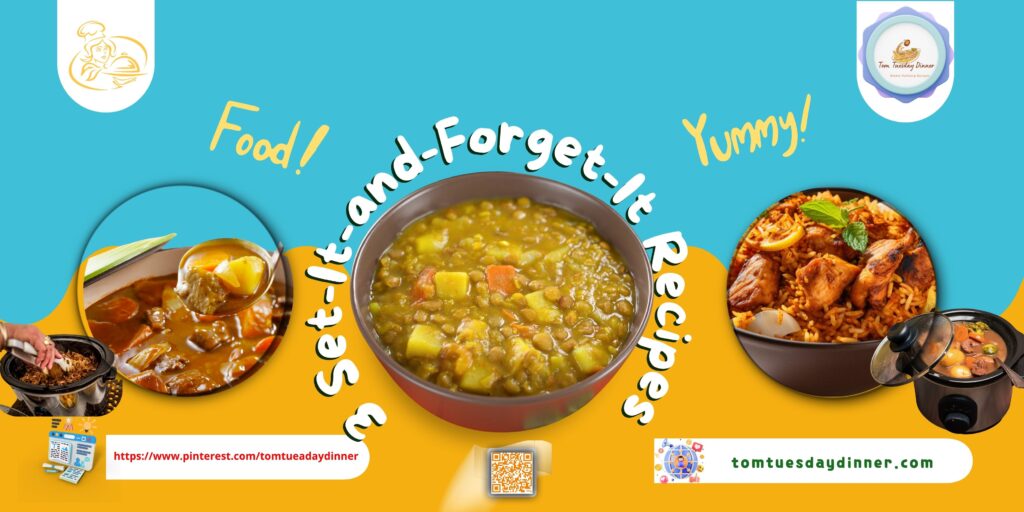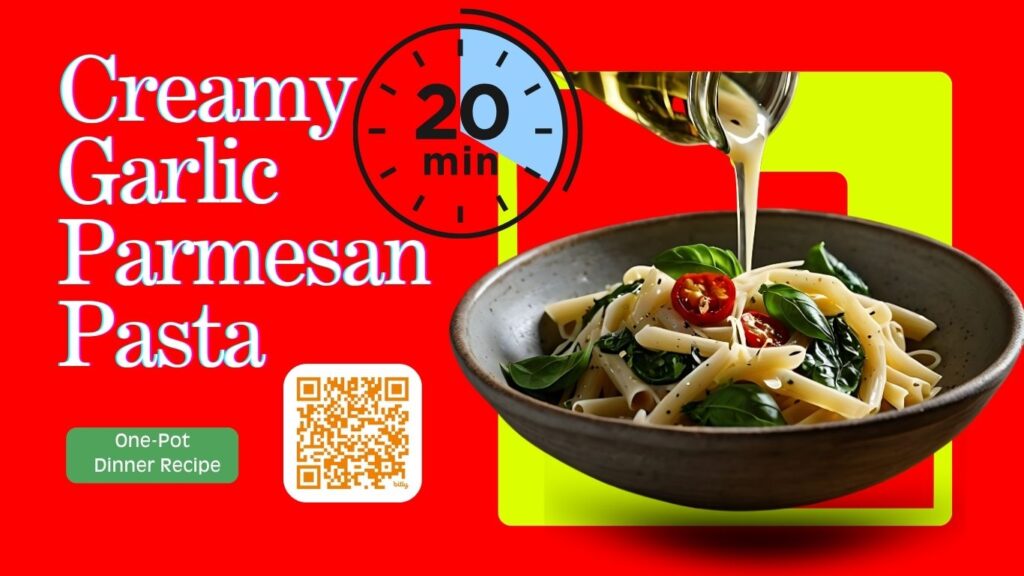We use affiliate links. If you purchase something using one of these links, we may receive compensation or commission.

Discover which cooking method is most appropriate for a boneless brisket to achieve the perfect tenderness and flavor in every bite.
When it comes to preparing a mouthwatering boneless brisket, you’re dealing with a cut of meat that’s truly unique. Brisket, known for its rugged, muscular structure, requires careful cooking to transform it into a tender, succulent dish. In this article, we will explore plenty cooking methods that are most suitable for boneless brisket, expalins insights and tips to help you master the art of brisket cooking.
Understanding Boneless Brisket
Before delving into the cooking methods, it’s crucial to grasp what makes the boneless brisket a unique culinary adventure. Typically sourced from the breast or lower chest of beef, brisket is a cut that boasts a significant amount of connective tissue. This characteristic presents a challenge and a delight for cooks, as the long, slow cooking processes required to break down these tissues result in profoundly flavorful and tender meat.
watch video
Slow Cooking: A Time-Tested Favorite
Slow Cooking in the Oven
One of the most traditional methods for cooking brisket is in the oven. This slow-cooking process involves cooking the brisket at a low temperature for several hours. When cooking brisket in the oven, it’s beneficial to marinate it beforehand to enhance its flavor and moisture retention. The key to a perfect oven-cooked brisket lies in maintaining a consistently low heat, which allows the connective tissues to gently dissolve into gelatin, enriching the meat with flavor and tenderness.
Preparing the Brisket: Season your brisket generously with salt, pepper, and your choice of spices. Place it in a roasting pan with a bit of liquid—such as beef broth, wine, or a simple marinade—and cover it tightly with foil. Cook at 275°F (135°C) for about 6 hours or until the meat is fork-tender.
Pros of Oven Cooking: This method is mainly hands-off, allowing the oven to do most of the work while you go about your day. Additionally, the controlled environment of the oven stop risks of the meat from drying out, ensuring a moist and flavorful brisket.
Braising: Infusing Flavor and Tenderness
Braising is another excellent method for cooking boneless brisket, especially if you’re looking to infuse the meat with robust flavors. This technique involves simmering the brisket in a limited amount of liquid, often with added aromatics and herbs, which not only tenderizes the meat but also creates a rich, savory sauce that can be served alongside it.
How to Braise Brisket: Begin by searing the brisket on all sides in a heavy, oven-safe pot to develop a rich, caramelized crust. Once seared, remove the brisket and sauté onions, garlic, and any other desired vegetables in the same pot. Return the brisket to the pot, add broth and seasonings, and bring to a simmer. Cover and transfer to the oven, allowing the brisket to cook at 300°F (150°C) for 4-5 hours.
Benefits of Braising: This method tenderizes the brisket and allows it to absorb the flavors of the cooking liquid and aromatics, resulting in a complex and appealing dish.
Smoking: For the Flavor Enthusiasts
Smoking is a popular method among barbecue enthusiasts for cooking brisket. It imparts a distinct smoky flavor that can’t be achieved with other cooking methods. Smoking a brisket involves cooking it at a low temperature over aromatic wood chips for several hours, which not only cooks the meat but also infuses it with the essence of the wood.
Tips for Smoking Brisket: Use a rub of choice and let the brisket marinate overnight. Prepare your smoker by bringing it to a stable temperature of about 225°F (107°C), using wood chips like hickory or mesquite for flavor. Smoke the brisket for 1 to 1.5 hours per pound, maintaining consistent temperature and smoke throughout the cooking process.
Why Choose Smoking? The slow and low cooking process in a smoker ensures that the brisket becomes exceptionally tender and flavored through and through with a rich, smoky aroma.
Conclusion
Choosing the proper cooking method for boneless brisket is a journey that depends mainly on personal preference and the desired end result. Whether oven-roasted, braised, or smoked, each method offers unique benefits that can enhance the natural flavors and textures of the brisket. So, go ahead and experiment with these techniques to find your perfect brisket recipe and enjoy the delicious rewards of your culinary efforts.







